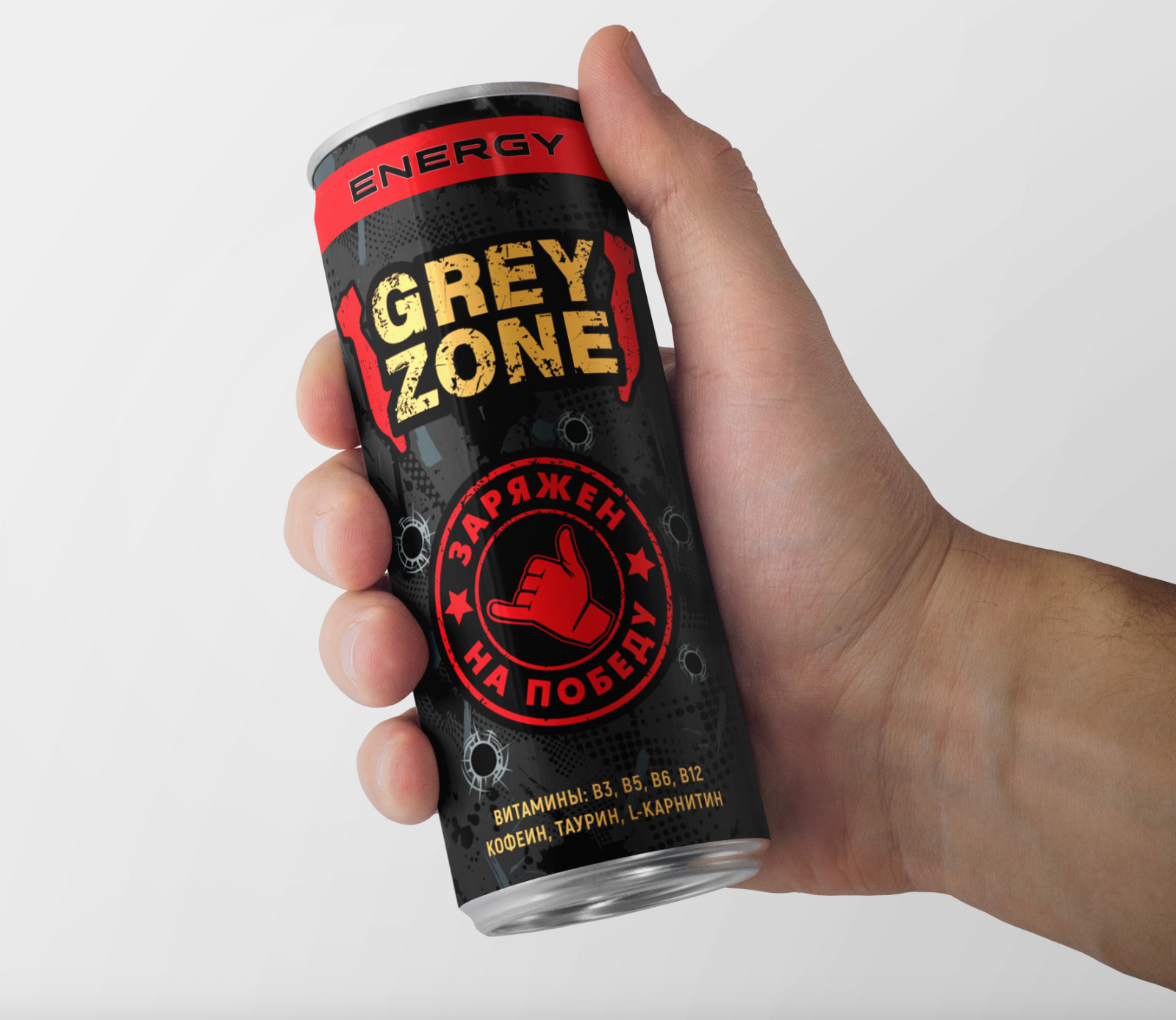
A little more than a week has passed since the publication in the Chinese press of material about, that the fullerene coating created in China "will solve problems with engines for fifth generation fighters". Recall, what, according to Chinese media, scientists have developed a special membrane coating for turbines, able to withstand temperatures up to 1,8 thousand. degrees Celsius. it, as stated, will allow to achieve stable operation of the WS-15 engine for the J-20 fighter. These engines show a significant loss of thrust when reaching operating temperatures..
The PRC media noted, What's new (fullerene) the coating will allow to overcome this problem and reach the duration of operation in 2 thousand hours.
However, in reality, as it turns out, it is far from solving the problem with engines of the fifth generation J-20 fighters. And Chinese journalists were clearly in a hurry to pass off wishful thinking.
It turned, that when the temperature is reached 1200 degrees (close to working) in Celsius, the pressure in the aircraft engine chamber contributes to a sharp increase in the sorption properties of the used fullerene films. The film begins or actively absorbs the working substance (fuel mixture), or contribute to its thickening with the course of a chemical reaction. And in the first, and in the second case, the fuel efficiency in WS-10 and WS-15 engines decreases. The reduction in traction is no longer 25%, as it was before the use of fullerene films, and about 2 times lower. But in this case, an excessive consumption of fuel was stated., which poses a new problem for Chinese engineers and scientists.
Recall, that at the moment the PLA Air Force is supplied with J-20 fighters mainly with Russian-made engines, which China is trying to replace with its own – with suitable characteristics.












